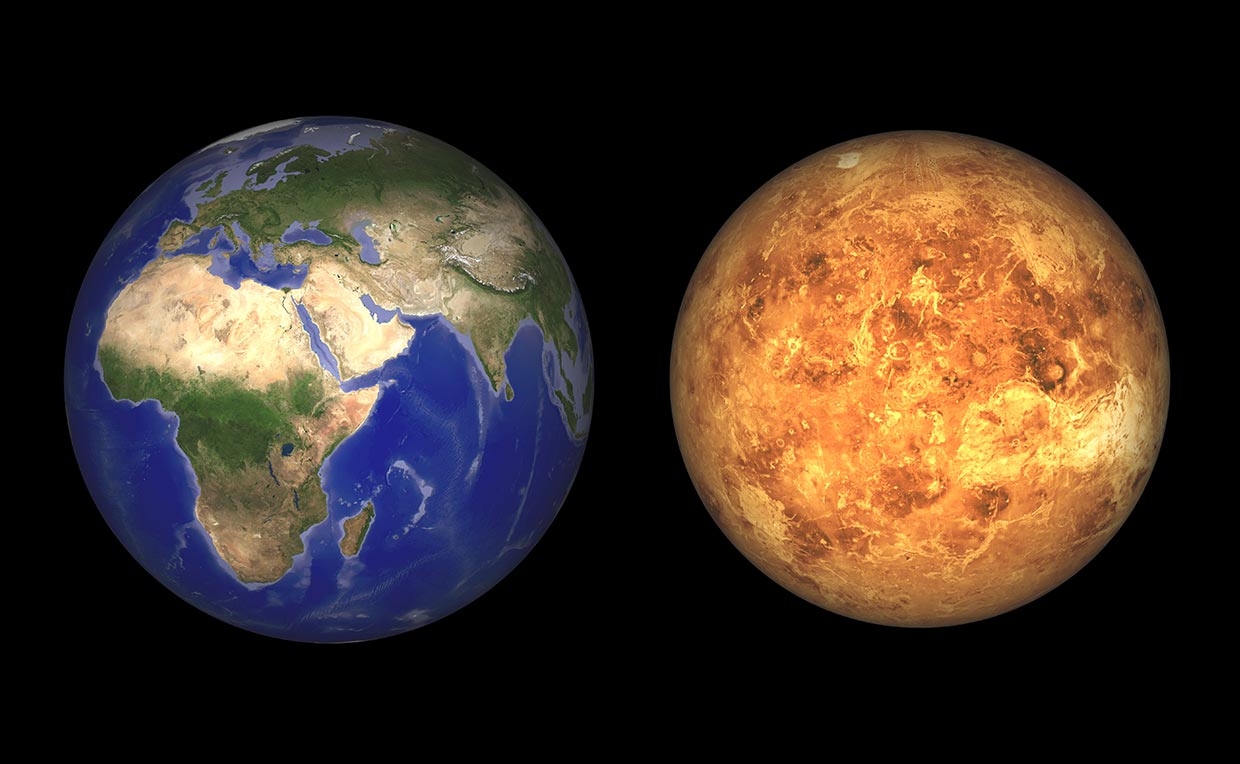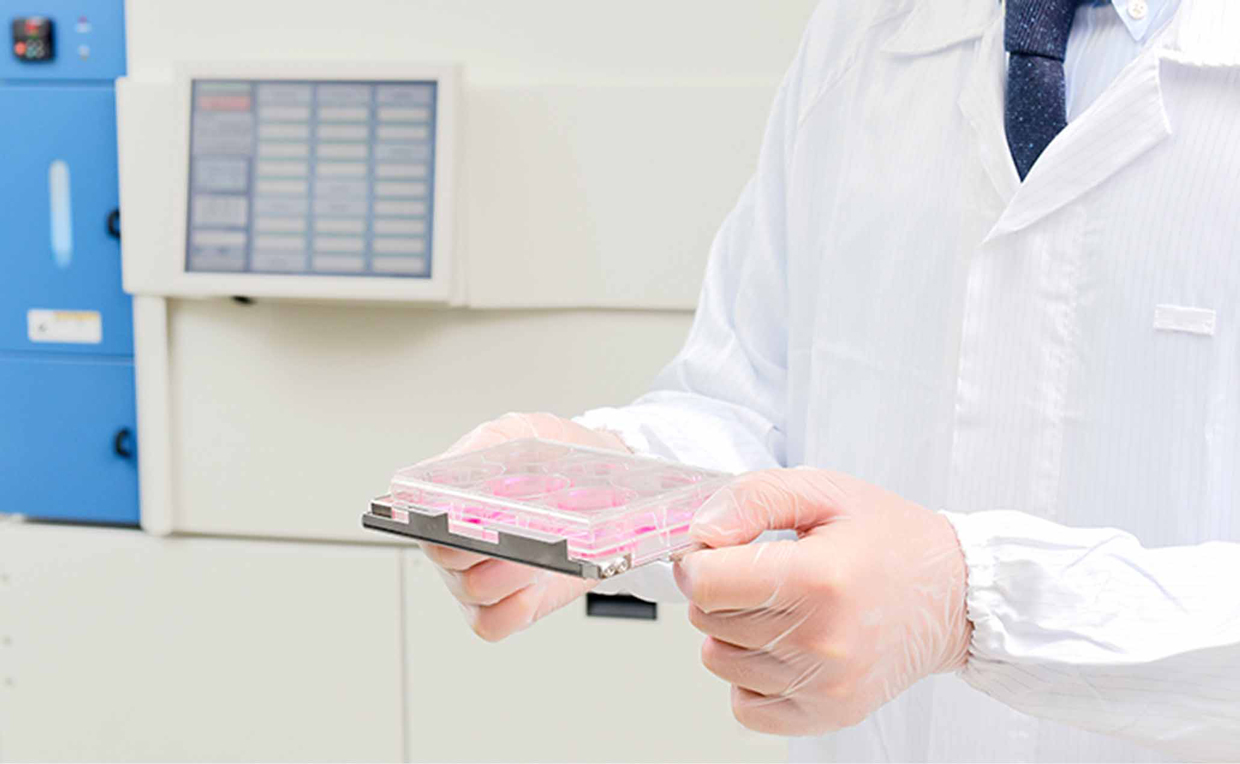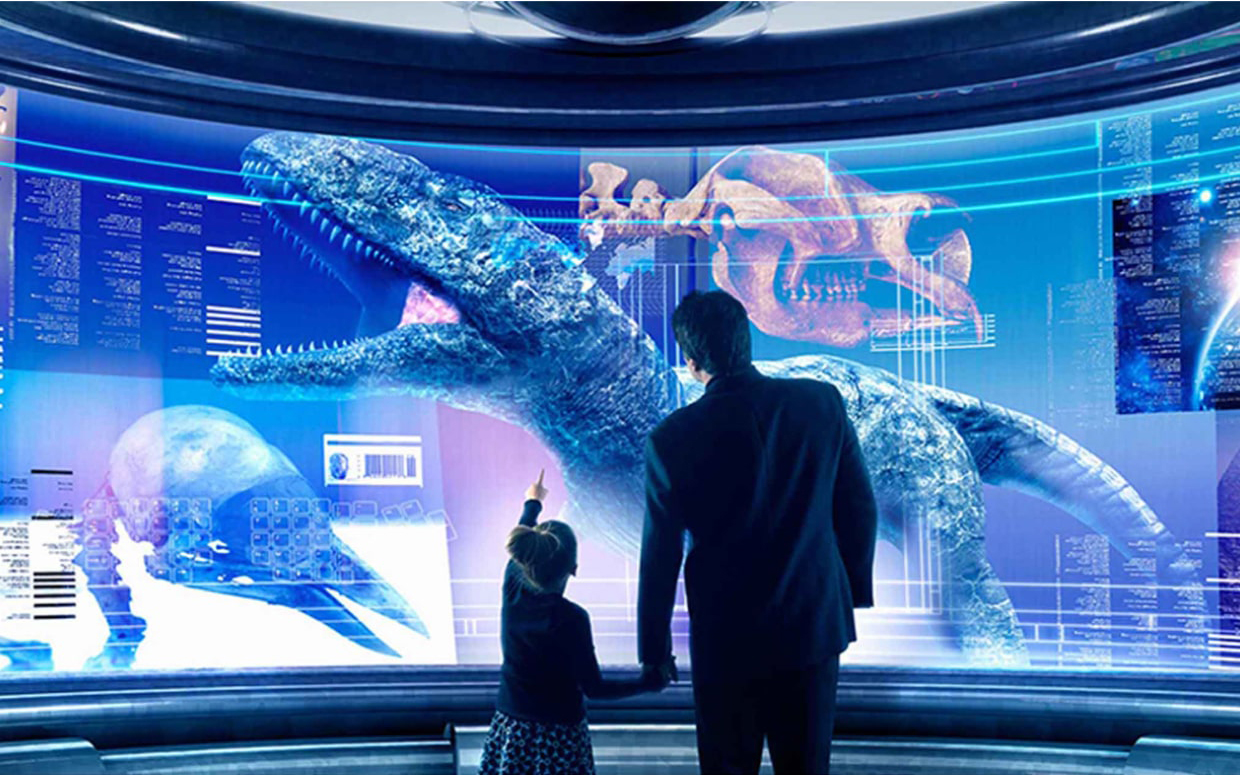Investigating the Future of Earth from Venus

Nikon's optical system employed aboard the
"AKATSUKI" probe
Venus is sometimes called the twin planet of Earth,
however its conditions make it very difficult for human beings to survive there.
Is it the future of Earth? The facts are about to be unveiled.
Does Venus show us the possible future of Earth?
Venus is known as the morning or evening star. Because its size, mass and composition resemble those of the Earth, it is sometimes called the twin planet of Earth. When it was formed, the components of its atmosphere were also thought to be similar. However, the two planets' current environments are completely different.
Why are conditions on Venus so different now? If we knew the reason, we might be able to find out why the Earth became a comparatively calm and vibrant planet, teeming with life. It might also be possible to foresee what might happen regarding climate changes on Earth, as global warming continues. Venus might potentially show us what the future condition of our own planet might be.
With the important mission of unraveling Venus's atmospheric phenomena, the Japanese Venus climate orbiter "AKATSUKI" (PLANET-C) has now entered into orbit around the mysterious planet. The world has great expectations of what discoveries will be unveiled.

The atmosphere of Venus guards many mysteries
Because of its attractive brilliance, Venus was named for various goddesses of beauty, such as Ishtar by the Mesopotamians, Aphrodite by the Greeks and Venus by the Romans. The main reason for its brightness and beauty is that the clouds enshrouding the whole planet at heights of 50 to 70km reflect 78% of the incoming sunlight. However, these clouds consist of concentrated sulfuric acid. On Venus, 97% of the atmosphere is carbon dioxide, with a surface pressure about 90 times that of Earth's, and average temperatures of 500 degrees Celsius. In such conditions, of course, not even a single drop of water exists. In contrast to its beauty, Venus's severe environment makes it extremely difficult to explore. It is the closest planet to the Earth, yet closely guards its many mysteries.

Among these, details about the atmosphere, consisting of multiple layers, are unknown. In particular, discovering the causes of the "Super Rotation" storms blowing in the upper atmosphere where wind speeds reach 400km/h. is highly anticipated. "AKATSUKI" is designed to analyze the movement of this upper atmosphere. However, the characteristics of the atmosphere differ in each layer, so information cannot be captured using a single wavelength.
In order to observe multiple layers, "AKATSUKI" employs a radio wave oscillator that can record the vertical distribution of such factors as temperature, and five cameras for probing the atmosphere of Venus with infrared rays, visible rays and UV rays. Nikon designed the optical system for three of these cameras, and designed and manufactured a lens for one.

Designing and manufacturing optical systems and lenses for the "AKATSUKI" observation cameras

The crucial quality essential for equipment used in space is "absolute reliability". After leaving the Earth, it cannot be repaired. As well as this, it receives violent vibration and shocks during launch, and is exposed to the harsh environment of space with its vacuum and extreme temperature changes. Because of such conditions, these ultra-high-precision instruments must be designed with specifications that can endure extremely hostile environments. Both weight and size are also strictly limited. After much trial and error, Nikon successfully achieved the design of equipment that would fully meet all requirements, which was then employed aboard "AKATSUKI".
However, "AKATSUKI" failed in its first Venus orbit injection in 2010, and was forced to follow an unscheduled orbit until it was successfully put into orbit around Venus in 2015. Because it had followed an unscheduled path, there was great concern about the observation camera which had been exposed several times to a thermal environment 1.3 times hotter than originally assumed, but "AKATSUKI" demonstrated the strength of its capabilities by transmitting high-resolution images of Venus to Earth.
To explore and understand the weather and climate of a different planet, propel scientific advancement and use it to benefit our future, "AKATSUKI" continues on its ongoing mission around the second planet from the sun.
"Meeting conflicting requirements is an opportunity for mechanical designers to show their skills"

Tatsuhiko Ezaki
Customized Products Business Unit
Nikon Corporation
The most difficult aspect of this project was determining the design of lens barrel in which to fix the optical lenses. Optical lenses need to be treated quite gently, so as to not deform their shapes, in order to maintain optimum optical performance. On the other hand, they need to be fixed firmly enough so that each lens doesn't misalign due to violent vibration or shocks. Selecting material also presented a concatenation of difficulties. Employing light materials decreases overall weight, but also reduces durability. Heavy, difficult-to-deform materials need to be thinned down to achieve just the right amount of weight loss without compromising strength.
Effectively meeting all of these conflicting requirements is where mechanical designers can show their skills. Nikon products have been launched into space several times. This particular project's success is an accomplishment based on a combination of our accumulated techniques and experience.
- *Job title and responsibilities at time of interview.

Originally published: January 10, 2017.





